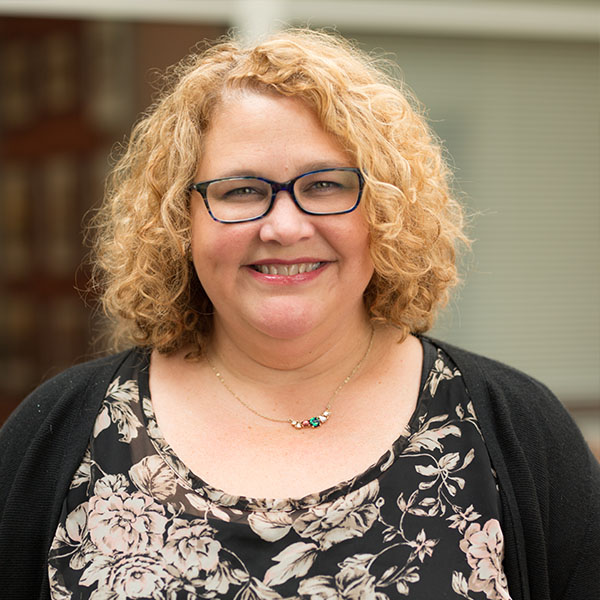While hoop skirts are long gone, Anna’s exuberant number from The King and I about getting to know a whole new group of students still rings true. It is a joyful experience—one that unfolds over time in countless ways, intentional and unintentional. It is also a necessity for good teaching.
This year, educators are presented with unique challenges to this crucial process—teaching remotely, hybrid schedules, and socially distanced classrooms are just a few. Add to this months of uncertainty about how learning would resume, take away the information a teacher might typically have from a students’ end of year assessments, throw in anxiety about health and safety, and it is easy to see why so many are scratching their heads, wondering how to begin.
The Fundamentals of Assessment
Getting to know every child as an individual in this context requires intention, observation, and inquiry. The fundamentals of good assessment still apply.
Good assessment is that which is:
- Instructionally meaningful and authentic. With limited or no time in the classroom, it is critical to closely connect assessment to teaching goals. What is the purpose of the assessment? How will the results or observations inform responsive teaching? If answers aren’t clear the assessment can hardly be worth the time and precious resources of students’ attention, focus, and energy.
- Observational. Observing students’ reading, writing, and language behaviors provides contextualized information about their strengths and needs. Astute educators use every opportunity to notice, document, and plan next steps based on observations.
- Timely. Learning needs must be detected quickly in order to respond appropriately.
- Tentative. Assessment provides a hypothesis about where to start instruction. No assessment is the final or comprehensive word on a student. The decisions made based on assessment information must be tentative and continually revisited in light of new observational information.
- Systematic. Systematic assessment does not mean a lockstep procedure, but it does mean methodical, intentional, and well organized. Good record keeping will help educators find patterns and trends in teaching and learning for individuals, small groups and the whole class.
- Able to positively inform students’ self-assessment. What message are your assessments sending to students? How are they learning from assessments? Asset based assessment can help motivate, build independence, and improve outcomes.
Suggestions for Getting to Know Your Students
The pandemic has impacted students and their families in many ways. Now more than ever it is critical to get to know students as individuals. This includes getting a comprehensive sense not just of what they know and can do, but also of their learning conditions, experiences with remote learning, and their social-emotional status.
Introductory phone calls or video chats with parents and students may be a good way to connect with students and families one-on-one before the school year begins. Interest surveys might also allow teachers to gather systematic information. Some important considerations this year may include:
- What is the students’ home work space? How many others will be learning in the same space? Are headphones available?
- What is the home technology like? How reliable is the internet connection? Describe any concerns about connectivity.
- What device does the student have and how well can they use it independently? Will the student be connecting on a handheld device? A laptop? Is there a touchscreen?
- Who else is home during the day and how might they be involved in remote learning?
- What were the students’ experiences with remote learning like in the spring?
- Is there anything else that will be helpful for me to know?
Anna had the good fortune to be in the palace with her students. Most of us won’t be in such a position this year. However, we can make the most of this new normal by focusing our assessment energy on that which we know matters and keeping it more closely connected to teaching goals than ever before.


Want to learn more? Join us at Literacy for All Virtual Conference, October 25-27, 2020 Live and On-Demand until December 31, 2020.
- A Practical Guide to Using Digital Texts and Tools in a Dynamic Classroom
- Engaging Students in Meaningful Remote Learning K-6
- Virtual or In-Person Decision-Making in Guided Reading
- Finding Entry Points and On-Ramps for Writers
- Strategies vs. Strategic Processing: Setting the Stage for Generative Learning
- And many more!






